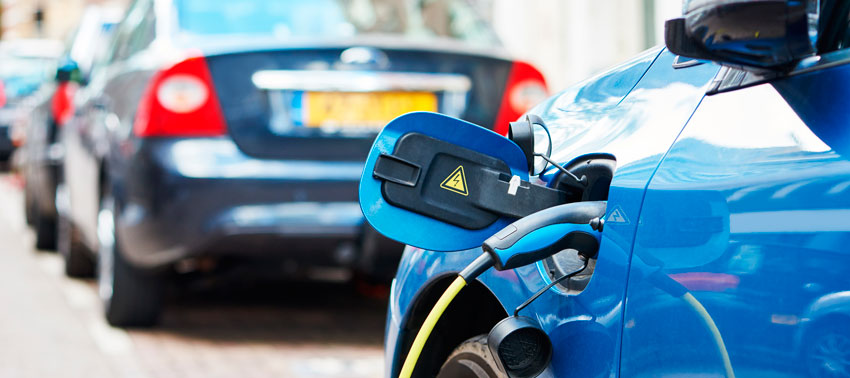10 reflections from my 4000km EV European road trip
This summer, my partner and I decided that we would hire an electric car and drive from the south of Sweden to the north of England to visit family and friends. This was prompted mainly by my interest in cutting down on how much we fly, but also on testing out a new technology to see how it works in practice. We are a car-free family, so we rented a battery EV from our local hire company. It turned out to be a Renault Zoe with a range of approx. 250km per charge.

In total, we drove about 4000km, charged at more than 20 fast-chargers, 4 different standard plug sockets, 2 camping sockets, went through 6 different countries, took 4 different ferry routes, downloaded 11 new apps on my phone, and only had one melt-down (by a three-year-old child).
Here some of my reflections following the journey.
1. Why haven’t car owners shifted to EVs?
My main reflection was that it was relatively easy to drive Sweden-UK with a battery EV. It would be even easier to use it for day-to-day use with at-home / at-work charging. I don’t really understand why more car owners haven’t moved over to EVs. Range anxiety is totally overblown.
2. The smartphone is key
Without a smartphone, this trip would not have been possible. My favourite app for the journey was the PlugShare app which details locations of charging points and includes comments from EV drivers who have previously used them. It worked excellently in all countries we travelled in (Sweden, Denmark, Germany, Belgium, Netherlands and UK). This app mainly does not give details on the cost of the charge.
3. Cost of the charge varies hugely
Our most expensive charge was in Denmark with a whopping 1,20 per kWh (100km for about 15 Euro). Denmark was by far the most expensive country to charge in (what’s going on there Denmark? – sort it out!), and England had many free chargers, though often not very fast. Many chargers we used were free. Mostly the cost was not shown prior to charging, so it was difficult to know how much it would cost in advance.
4. Generally no real-time information on available charging points
You can only sometimes get real-time information on whether a charging point is free or not – depending on which network it is and which app you are using. This is pretty annoying, but to be honest, there are generally other charging points near enough if all the charging points are full.
5. Most people don’t drive EVs
It struck me on several occasions how few charging points there were in parking garages with several thousand car-parking spaces. Parking in an EV and plugging in the cable to charge nearly always brought a few stares (and when people noticed the number plate usually some questions as well).
6. There’s no definition of fast-charging
Quite often “fast-chargers” did not have any information on how fast they were, and you relied on input from other users regarding how fast they managed to charge. It would be useful to have it e.g. if you’re planning a very quick charge, or if you don’t mind with longer charge since you’re going to be shopping / at the beach / eating. Our BEV only managed a maximum 22 KWh charge which meant that it took about 2 hours to charge the battery from 0-100%.
7. “Optimal” fast-charging
The battery charges fastest between 20-80 %. So it’s better to stop more often and charge in this range (this works very well with small kids in the back seat who always seem to need to stop for toilet breaks at different times to each other).
8. The type of driving you do impacts the energy use
Ok, so everyone knows about eco-driving, but when you’re in a car that constantly reminds you of the most optimal speed to drive, it makes a difference. Also regenerative breaking is just amazing – bring on the downhills!
9. We need fast-chargers
Fast chargers are a must to manage this type of trip. We used overnight charging when we visited friends/family and in campsites (for the latter you need an adaptor to a camping plug), but the vast majority of our charging was done on-street and at fast chargers.
10. Problems with payment
The only real problem that we had was in paying for charge. There is no standard across Europe on payment, and most charging points do not have credit card payment available. It is almost indispensable to have an RFID card (we got a New Motion card halfway through our journey which made life a lot easier), although there is again no standard across Europe. We gave up in two cases in using dedicated apps for payment which would not work.
In total we paid about 116 euro on our trip for electricity. This equates to about 3 eurocents per km (cheap). Sometimes, the electricity costs are baked into the parking costs, and I have not counted the costs of our overnight charges on standard sockets (because our friends / family / hotels were not fussed about us paying for it).
Including the rental cost it was more expensive than flying and about the same cost as taking the train, although much more flexible than both.
Next year? Probably another EV road trip.
Author: Anna Clark

